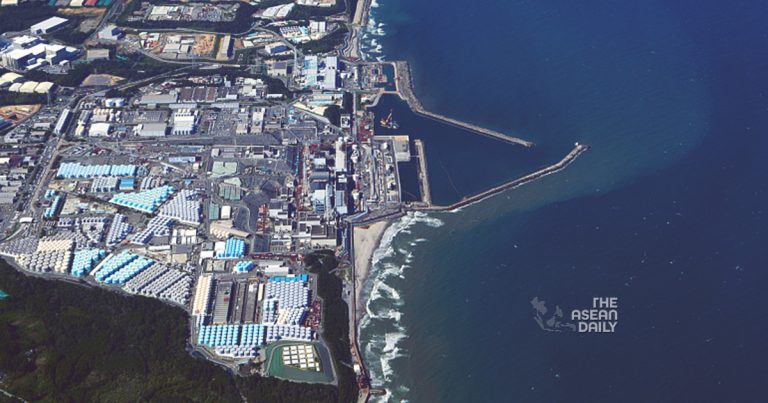2-11-2023 (TOKYO) Tokyo Electric Power Company (TEPCO) initiated the discharge of the third batch of contaminated water from the Fukushima Daiichi Nuclear Power Station in Tokyo on Thursday (2nd), taking advantage of favorable weather conditions. The discharge commenced precisely at 10.21 am local time (9.21 am Hong Kong time).
Before proceeding with the discharge, TEPCO diluted the contaminated water by mixing it with seawater and subsequently transferred it to designated storage tanks. Samples were then collected from these tanks to assess the concentration of tritium, a radioactive substance. The test results indicated that the levels of tritium were significantly below the discharge limit of 1,500 becquerels per litre.
Approximately 7,800 metric tons of radioactive water were discharged in this third batch, equivalent to the quantity released in the first and second batches. The discharge process is expected to continue for a duration of 17 days. TEPCO intends to conduct a total of four discharges of contaminated water this year, with an estimated cumulative tritium volume of around 5 trillion becquerels.
The ongoing discharge of contaminated water has garnered significant attention and scrutiny both within Japan and internationally. Environmental activists, local communities, and neighboring countries have expressed their opposition and concerns regarding the potential environmental and health consequences of this decision.
The Japanese government and TEPCO have repeatedly emphasized that the discharged water undergoes a rigorous process of dilution and filtration to ensure that radiation levels remain below the permissible limits. They argue that the release is essential due to the limited capacity for storing the accumulating water, which has been utilized for cooling the reactors since the Fukushima nuclear disaster in 2011.
Nevertheless, concerns persist about the long-term effects of releasing radioactive water into the ocean. Tritium, despite having relatively low levels of radiation, can still pose risks to marine ecosystems and potentially impact seafood and the livelihoods of local fishermen.




